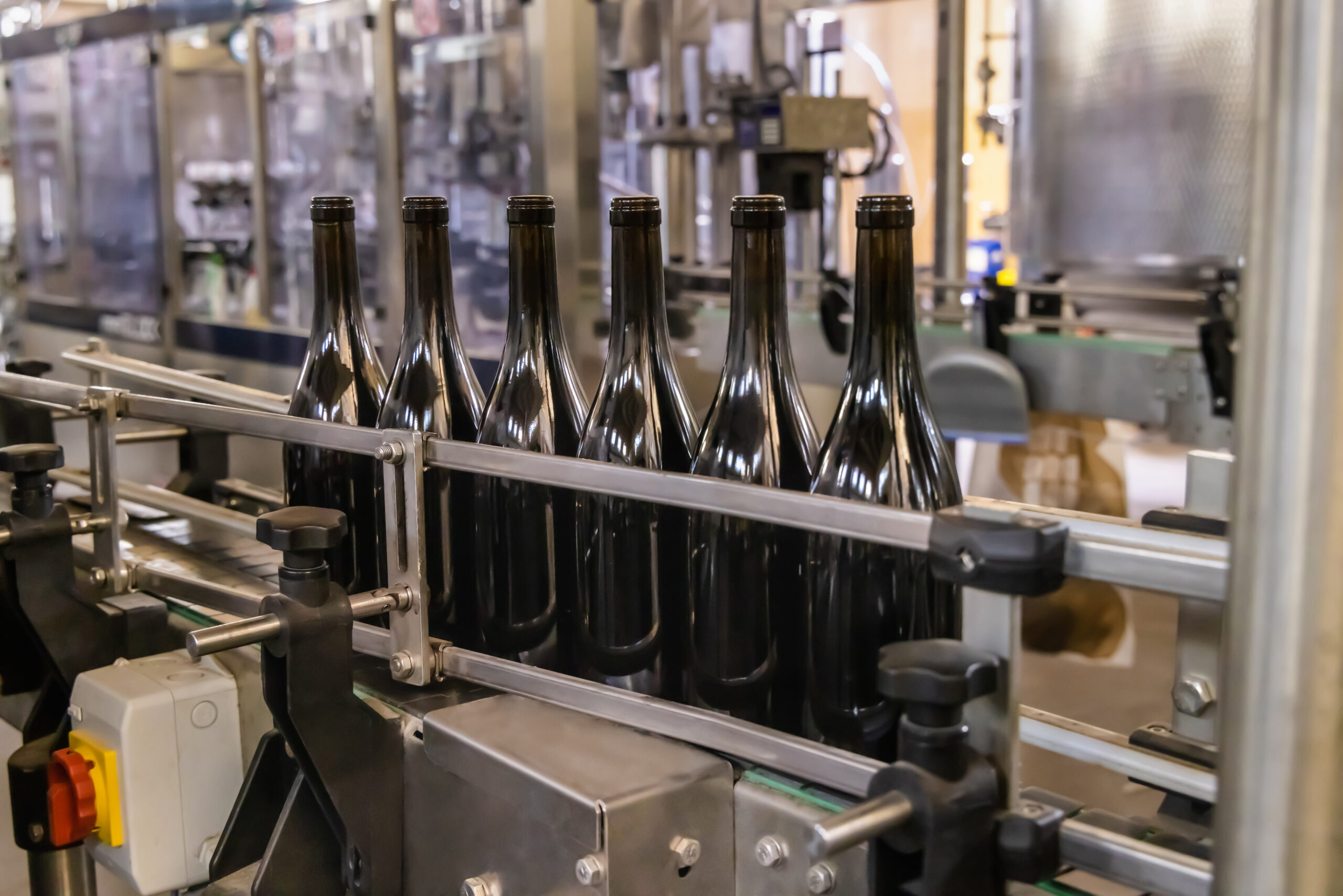The restaurant business is a challenging but rewarding industry to be a part of. If you’re thinking about starting a restaurant, there are a few things you should know about the process, from finding a location to hiring staff. Keep reading to learn more about what it takes to open a restaurant.
Choose the right location for your restaurant.

The first and most important decision you will make when starting a restaurant is the location. You need to select a spot that is both affordable and desirable. It is also important to consider the competition in the area.
When looking for a location, you should consider how easy it is to get to, what the competition is like, if the rent is within your price range, and if there’s good population density. Think about traffic patterns and the average household income within the area, as well as the average age of the nearby population. You also need to think about the type of restaurant you want to open.
If you are opening a pizza restaurant, for example, you will want to find a spot that is close to a college campus or even by a major office building. Once you have selected a location, you need to do some research to see if it is the right fit for your restaurant. You should visit the area at different times of the day to get a sense of the traffic pattern. You should also talk to local business owners to get a sense of the competition.
Purchasing equipment and supplies.
Before making any purchases, it is important to create a budget and make a list of what is needed. It is also important to do research to find the best prices on equipment and supplies. Once you’ve decided on the restaurant location, you’ll need to hire different services and buy kitchen equipment. Many municipalities require restaurants to have a grease trap installed in their drainage system. The size of the trap will depend on the size of the restaurant. The trap must be cleaned on a regular basis to prevent it from becoming clogged and hiring a grease trap service is the best way to tackle this. Meanwhile, the kitchen equipment should be chosen carefully, as it will be used every day to prepare food. The kitchen should be equipped with a stove, oven, refrigerator, and freezer. It is also important to purchase a commercial dishwasher and dishwashing supplies.
The dining room furniture and supplies are also important. The furniture should be comfortable and stylish, and the supplies should include napkins, silverware, and glasses. A beverage distributor is a company that delivers drinks to restaurants, bars, and other establishments that sell alcoholic and non-alcoholic drinks. The distributor typically delivers cold drinks such as beer, wine, and soda, but may also deliver hot drinks such as coffee and tea. This is essential to run your restaurant, and you’ll also need a food supplier as well.
Hire and train your staff.

A restaurant is nothing without its staff. Start by creating a job description that accurately reflects the duties and responsibilities of the position. This will help you attract candidates who are a good fit for the role. Publish the job description on job boards and social media, and encourage your friends and family to share it with their networks. Screen all applicants carefully, and be sure to ask questions that will help you determine their fit for the role. Interview candidates in person whenever possible. This will give you a chance to get to know them better and see how they interact with others. Make a decision based on the candidates’ qualifications, fit for the role, and overall team chemistry. Hiring the right staff can make or break your restaurant. By following these tips, you’ll be well on your way to finding the perfect candidates for your team.
Market your restaurant to attract customers.
Traditional marketing methods such as advertising and public relations can be used to promote a restaurant. Advertising can be done in newspapers, magazines, online, or on television or radio. PR can involve getting coverage in the local media or arranging for food bloggers and other food-related media to visit the restaurant. Another way to market a restaurant is to create a strong online presence. This can involve setting up a website, a Facebook page, and a Twitter account. The website should have information about the restaurant, such as the menu, the location, and the hours of operation. The Facebook page can be used to post updates about the restaurant, such as new menu items or special promotions. The Twitter account can be used to post short updates about the restaurant.
Starting a restaurant can be a daunting task, but with careful planning and execution, it can be a successful endeavor.


















